Have a ball with Mountain Trek’s top 5 exercise ball routines
If you’re feeling the need to get back in shape, or in better shape for the Fall season, a simple and effective starting point is to try some routines with an exercise ball. Whether you want to improve your cardio for the hiking or biking trails, revitalize your endurance or just feel like you want to tone-up, then strengthening your core muscles is the first essential step.
Core muscles are crucial for stability and good posture but are sadly overlooked when exercising with exercise machines typically found in gyms. The body responds to the instability of a ball on a minute level by trying to remain balanced, thereby engaging many more muscles than if you were to just use fixed equipment.
How to find the right exercise ball for you
The best thing about ball exercises is you don’t need any expensive equipment – just a good quality ball filled with air. However, some ball exercises will require you to equip yourself with a pair of dumbbells or a workout bench, depending on how serious you want to get.
Constructed of soft, elastic material (usually plastic), most balls range in diameter between 14 to 35 inches (35 to 85cm). In order to size an exercise ball to your body correctly stand next to it and it ensure it is even with, or slightly above, your knee level. Alternately, sit on it and ensure your knees are bent at a 90-degree angle and your thighs are parallel or even with the floor.
The best exercise ball routines
1. Ball push-up (feet up)
Set your quads on top of the ball far enough forward so that your pelvis is not touching the ball. In this position begin sets of regular push-ups. Using an exercise ball allows you to target the core muscles on top of the usual chest and triceps muscles. Also this lets you concentrate on your upper pectoral muscles since you’re essentially in an incline workout position.
2. Ball Sit-up
From a squat position in front of the ball (back to ball), gently ease back onto the ball. Your bum and lower back should be resting on the ball. In this position (with hands behind your head) begin sets of sit-ups, leaning back and curving over the ball as far as is comfortable, and raising to about a 45-degree angle. This exercise mainly targets the abdominal muscles but it is also very effective at working other core muscles. Specifically, it will allow you to exercise the upper abdominals as well as the hips muscles.
3. Ball squat (one-legged)
Standing about a foot and a half in front of the ball with your back to it, place the top of your foot/shin onto the ball behind you. Lower yourself so that your front thigh comes to a 90 degree angle to the floor. Then raise to standing again. Repeat a number of times and switch legs. The Ball Squat will primarily target your quadriceps as well as your buttocks. Doing the squat using an exercise ball will make sure you develop stabilizing muscles in your thighs as well.
4. Ball arm-leg extension (alternating)
Drape your belly and chest over the top of the ball. Your feet should be touching the ground. Engage your core muscles by gently lifting your head to a level position with the floor. From here keep your core engaged while lifting one leg and opposing arm (e.g. right leg, left arm) to about a 90-degree angle to the floor. Repeat a number of times and switch legs/arms. This is an excellent exercise that will target most of the muscle groups in your body, specifically your upper and lower back muscles as well as your hamstrings and your buttock muscles.
5. Ball jack-knife
Place the tips of your toes on top of the ball. Position your arms (in a push-up position) about two feet in front of the ball. Roll the ball towards your upper body, with your bum jack-knifing up into the air (almost like a starting sprint position). Bend slightly at the elbows during each roll forward of the ball. This exercise is an excellent way to target your abdominal muscles and your hips but it’s important you to maintain good upper body posture (keep your back and arms straight).
Proper technique
It’s very important to maintain proper body posture when doing a routine with an exercise ball. This means keeping your back straight and preventing your knees from locking. Also, remember to breathe properly – being aware of one’s breathing process is essential to obtaining good results when training with exercise balls. And, as always, make sure to warm up before engaging in demanding physical activity.
In order to ensure perfect technique, consider having an experienced trainer help you with your first few exercises. Or, join Mountain Trek for our reboot and prevention program and let our expert fitness instructors guide you through their favourite ball exercises and routines– a perfect compliment to all the beautiful hikes you’ll be going on!
[fbcomments]

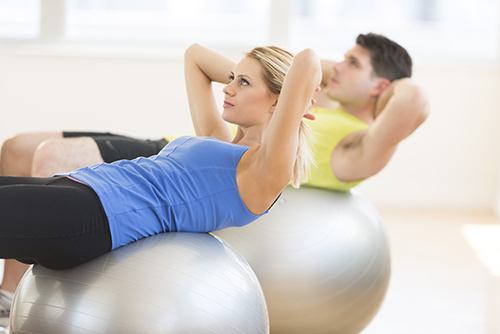
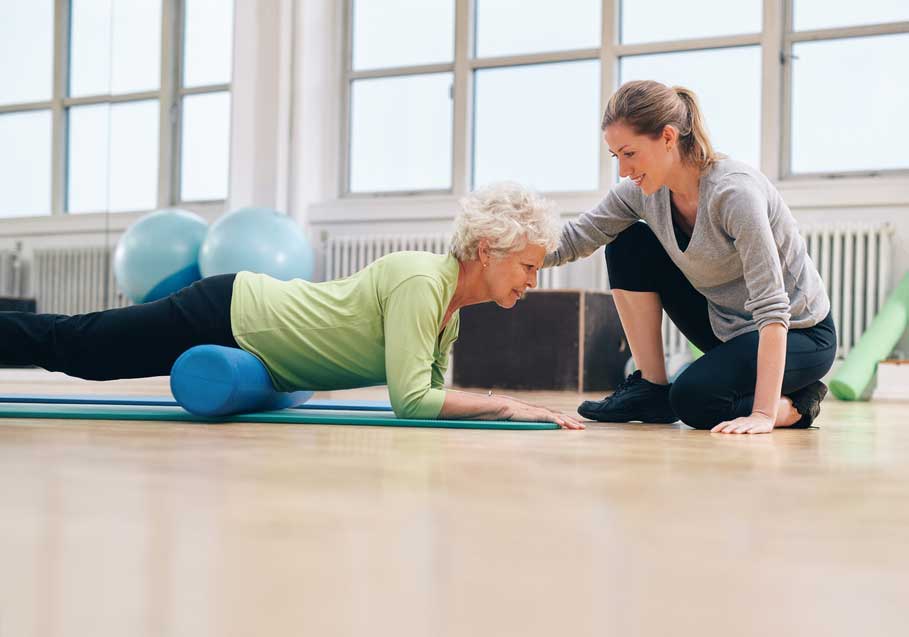
 Writer Leigh Doyle interviewed regular
Writer Leigh Doyle interviewed regular 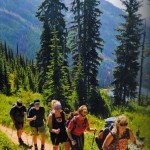
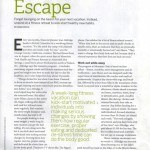
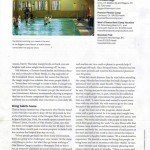
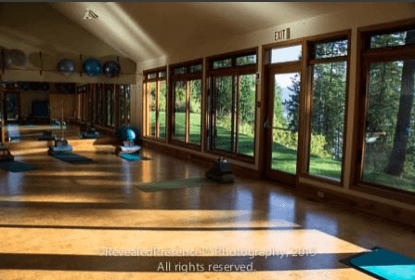 Recently professional photographer and public speaker Carla Kimball visited
Recently professional photographer and public speaker Carla Kimball visited  August is the month for recreation, relaxation and retreat. You’ve worked hard all year and now you deserve to take some time for yourself: it’s time to leave behind the stresses and worries of your job, or whatever it is that occupies too much of your time, if even for a little while. Whether you need to do this on your own, or you’re happy to have your spouse, family or friends join you, it’s time to treat yourself to a Mountain Trek experience! And that experience just got stepped up a notch…
August is the month for recreation, relaxation and retreat. You’ve worked hard all year and now you deserve to take some time for yourself: it’s time to leave behind the stresses and worries of your job, or whatever it is that occupies too much of your time, if even for a little while. Whether you need to do this on your own, or you’re happy to have your spouse, family or friends join you, it’s time to treat yourself to a Mountain Trek experience! And that experience just got stepped up a notch…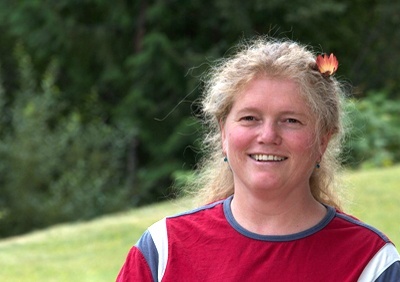 Cooking Re-Mastered with Chef Laurie Hartland
Cooking Re-Mastered with Chef Laurie Hartland
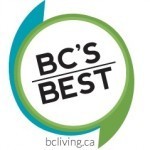 BC Living has just listed
BC Living has just listed 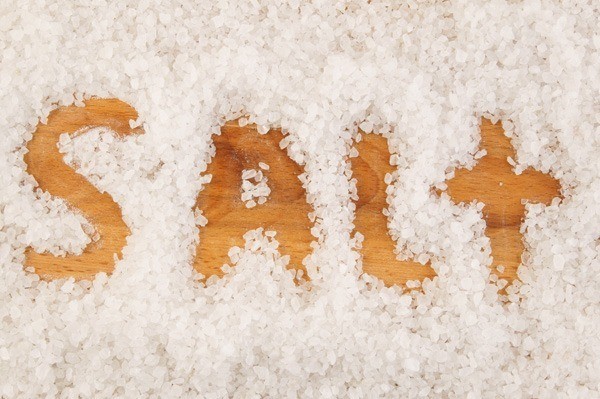
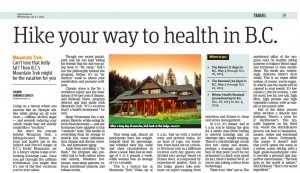 Toronto-based freelance writer Vawn Himmelsbach visited
Toronto-based freelance writer Vawn Himmelsbach visited